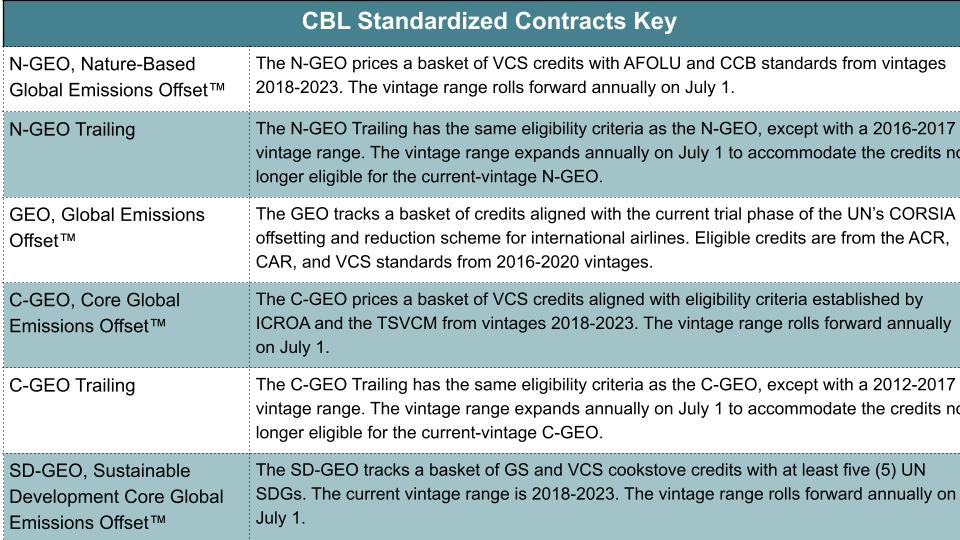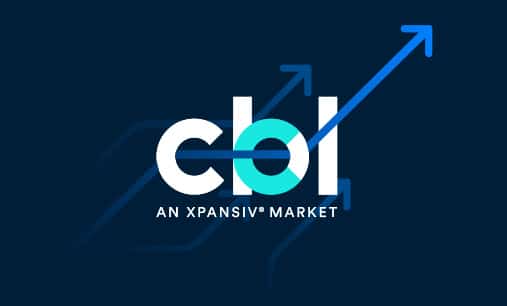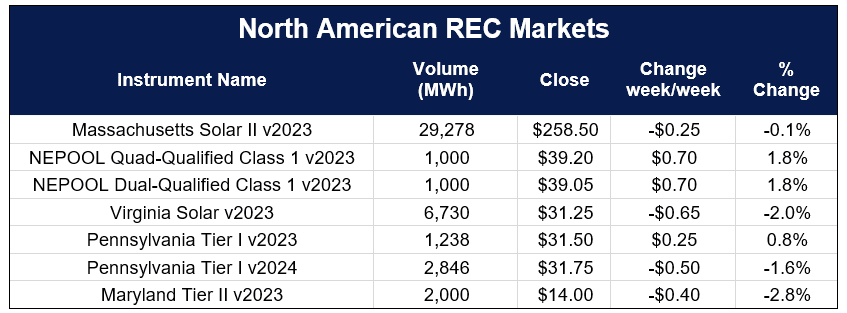The recent dynamics in the carbon credit markets have witnessed a slowdown in market momentum, following a period of acceleration during Q4 and into mid-January, according to Xpansiv’s market update.
Xpansiv is a global energy transition market infrastructure provider, trading ESG commodities, including carbon, RECs, digital fuels, and water rights.
Last week, both the CBL spot exchange and CME Group’s CBL GEO emissions futures complex experienced light volumes in carbon credit trading. Despite this, there has been sustained high interest from companies, particularly those facing fiscal year-end reporting deadlines on March 31.
The VCM Brake Amidst Busy Period
Companies focused on pragmatic purchases of currently available credits, irrespective of their eligibility for compliance and best-practice regimes scheduled for implementation later in 2024.
Amidst this backdrop, various companies, including airlines, are actively assessing the potential impact of unresolved Article 6 issues on CORSIA. This refers to the Carbon Offsetting and Reduction Scheme for International Aviation.
The concerns primarily surround regulatory and legal uncertainties regarding credit certification under the current compliance phase of the UN scheme. These are particularly linked with the finality of corresponding adjustments.
Spot prices remained stable week over week, per Xpansiv data. Notably, the N-GEO saw small trades at $0.43 and $0.50 but closed at the same $0.37 assessed price as the previous week.

In November last year, spot GEO jumped by 52% while N-GEO futures increased by 40%.
CBL’s spot carbon credit volume totaled 72,232 tons, with 57,225 nature credits and 11,307 technology credits. Additionally, trades in Australian Carbon Credit Units (ACCUs) contributed 3,700 tons.
Last week, CBL traded 3,000 HIR ACCUs at $36.40 and 700 generic ACCUs at $33.75.
The N-GEO Trailing instrument on CBL emerged as the most active spot contract, indicating continued appeal for the 2016-2017 vintage credits delivered through this contract. In contrast, CME Group’s CBL emissions futures saw a total volume of 2,695,000 tons. Its open interest reached 10,387,000 tons by the end of the week.
Pricing Trends for RECs in North American Market
Massachusetts solar markets took the lead in NEPOOL trading as the 3rd Qtr generation trading period commenced on Monday. NEPOOL stands for New England Power Pool. It’s a system for registering and tracking renewable energy generation and compliance with state and regional renewable energy regulations.
Notably, over 29,000 2023 solar carve-out II credits were matched on-screen, initiating at $260 and settling at $258.50.
In the same market, NEPOOL quad and dual qualified class I credits were initially traded at $39.75. However, subsequent offers saw a decline, resulting in quad-qualified credits settling at $39.20 and dual-qualified credits at $39.05.
Shifting to PJM markets, 6,730 2023 Virginia solar credits were successfully matched at $31.25. The PJM Market procures electricity to meet consumers’ demands both in real time and in the near term.
In Pennsylvania tier I markets, a few transactions occurred, with 2024 credits trading at $31.75. Their 2023 counterparts were priced at a $0.25 discount.
Additionally, 2,000 Maryland tier II credits were matched on-screen at $14.
These trading activities provide insights into the dynamic landscape of regional solar markets, showcasing fluctuations in credit values and volumes. The data reflects the ongoing developments and pricing trends for renewable energy credit markets in Massachusetts, Virginia, Pennsylvania, and Maryland.
The table below shows the best bid and offer for select RECs with markets closing on Friday January 19.
Below is Xpansiv’s CBL standardized contracts key and the corresponding definition.

Existing Participants may log in here to take a closer look or list orders.




